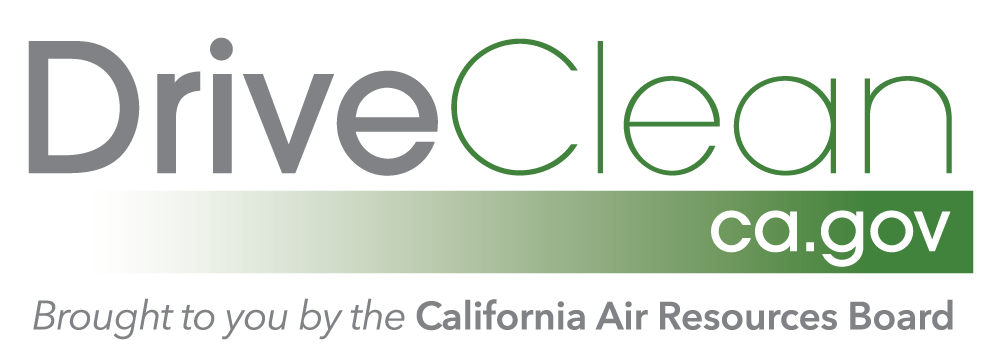Environmental Performance
Whether you’re looking to reduce your carbon footprint, save money or contribute less to smog and greenhouse gases, knowing the environmental impact of the vehicles you are shopping for will help. All new cars sold in California are required to display the federal Fuel Economy and Environment Label.
Federal Fuel Economy and Environment Label
The label is an easy tool to find the cleanest, most efficient cars available. It provides a smog, fuel economy and greenhouse gas rating on a scale of 1 (worst) to 10 (best).
Here's how it will assist you
- Provides ways to compare energy use and cost between electric and conventional gasoline-powered cars
- Offers estimates on how much consumers will save or spend on fuel over the next five years compared to the average new car
- Compares how a model rates to all others for emissions of smog and pollution that contribute to climate change
- Estimates how much fuel or electricity it takes to drive 100 miles
- Gives information on the driving range and charging time of a plug-in vehicle
- Allows users of smartphones to access online information via a QR code about how various models compare on fuel economy and other environmental and energy factors
Greenhouse Gas Rating
Greenhouse gases trap heat in the lower atmosphere and create warming known as the greenhouse effect. Some greenhouse gases are emitted into the atmosphere through natural processes; however, others are created only through human activities.
Most scientists agree that human activities are changing the composition of the atmosphere and increasing the concentration of greenhouse gases, which is changing the planet's climate. Greenhouse gases emitted from vehicles include carbon dioxide (CO2), methane (CH4), nitrous oxide (NO2) and hydrofluorocarbons (HFCs).
Scale for the Greenhouse Gas Rating
| Greenhouse Gas Rating | Combined City/ Highway CO2 (grams/mile) |
|---|---|
| 10 | 0 - 169 |
| 9 | 170 - 209 |
| 8 | 210 - 250 |
| 7 | 251 - 291 |
| 6 | 292 - 335 |
| 5 | 336 - 395 |
| 4 | 396 - 456 |
| 3 | 457 - 539 |
| 2 | 540 - 613 |
| 1 | 614+ |
Smog Ratings
Dirty air threatens health
Smog is a haze-like form of air pollution that can be hazardous to human health. It’s produced by the photochemical reaction of sunlight with various compounds, including hydrocarbons and nitrogen oxides, released into the atmosphere, especially by petroleum-powered motor vehicles.
Every car sold in California has emissions certified to a certain standard by the California Air Resources Board (CARB). Each emission standard corresponds to a federal smog rating on a scale of 1 (worst) to 10 (best).
Scale for the Smog Rating1
| Rating | U.S. EPA Tier 3 Emission Standard |
U.S. EPA Tier 2 Emission Standard |
California Air Resources Board LEV III Emission Standard |
NMOG + NOx (g/mile) For CA standards |
|---|---|---|---|---|
| 1 | Bin 160 | Bin 5 through Bin 8 | LEV160 | 0.160 |
| 2 | ||||
| 3 | Bin 125, Bin 110 | Bin 4 | ULEV125 | 0.125 |
| 4 | ||||
| 5 | Bin 85, Bin 70 | Bin 3 | ULEV70 | 0.07 |
| 6 | Bin 50 | ULEV50 | 0.05 | |
| 7 | Bin 30 | Bin 2 | SULEV30 | 0.03 |
| 8 | Bin 20 | SULEV20 | 0.02 | |
| 9 | ||||
| 10 | Bin 0 | Bin 1 | ZEV | 0 |
1 Based on United States Environmental Protection Agency Smog Ratings described in the Smartway Vehicle Thresholds for Model Year 2020. As cars get cleaner over time, scores are adjusted to reflect lower emission levels.

